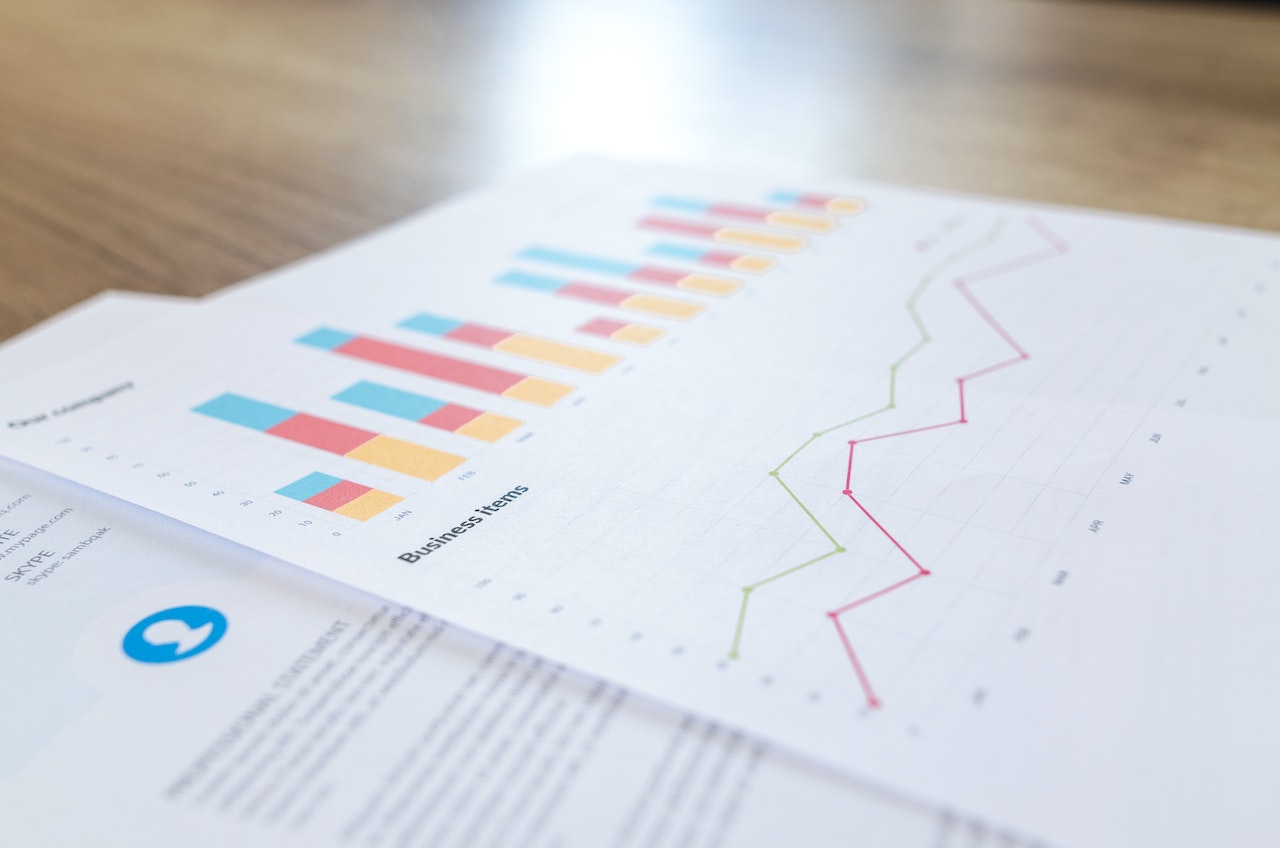In a development that sent shockwaves through the bond market, a reaffirmed selloff occurred following a significant surge in US hiring, which raised expectations of another rate hike by the Federal Reserve later this year, as reported by Bloomberg. The September employment data release not only defied earlier predictions but also underscored the resilience of the US economy, despite the central bank’s prior aggressive monetary tightening measures last year. The surge in job creation, doubling economist forecasts, fueled concerns that the Fed may need to intensify its efforts to combat inflation, subsequently causing Treasury yields to surge across maturities.
Yields on 30-year bonds skyrocketed to a 16-year high, reaching 5.05% before receding to a modest 2 basis points increase. Similarly, ten-year yields surged to as high as 4.89% before settling at the current level of 4.77%. The bond market’s initial shockwave was followed by futures traders, who continued to price in the likelihood of the central bank raising its benchmark rate by a quarter percentage point at the upcoming December meeting.
Nevertheless, experts and market observers remain divided on whether this news is ultimately a boon or a bane for the economy. Mohamed El-Erian, Chief Economic Advisor at Allianz SE, shared his concerns on Bloomberg Television, suggesting that the bond market’s turbulence could ultimately portend challenges for the economy as a whole. The week saw the bond market drop persist, applying pressure on stock prices and potentially posing threats to the overall economic momentum. The 10-year Treasury yield benchmark experienced its most substantial weekly increase, nearly a fifth of a percentage point, since the preceding May.
Gregory Faranello, Head of US Rates Trading and Strategy for AmeriVet Securities, opined that the ongoing strength exhibited in the job market implies that yields are poised to continue their upward trajectory. This transformation in market dynamics is a response to a hawkish Fed outlook, anticipating that monetary policy will remain elevated deep into 2024, especially as the US federal government plans to inject additional debt into the market over the coming months. Remarkably, the gap between the 30-year bond yield and the two-year Treasury rates has narrowed to approximately 16 basis points, marking a substantial decline from the more than one full percentage point gap observed back in July.
The ultimate verdict on the Federal Reserve’s rate decision will be rendered next month, with futures markets indicating a potential 13 basis points of tightening, beyond the current effective fed funds rate, which stands at 5.33%. Alan Ruskin, Chief International Strategist at Deutsche Bank, expressed the belief that the Fed is likely to persist in raising rates, particularly with the US labor market displaying such robust conditions.
In summary, the recent turbulence in the bond market reflects growing concerns of an impending rate hike in response to the surging US job market, creating an uncertain path ahead for investors and the broader economy. While the immediate response was a surge in yields, traders find themselves grappling with a mixed outlook as they anticipate the future trajectory of interest rates and their consequences on the broader economy.
Source: Bloomberg



